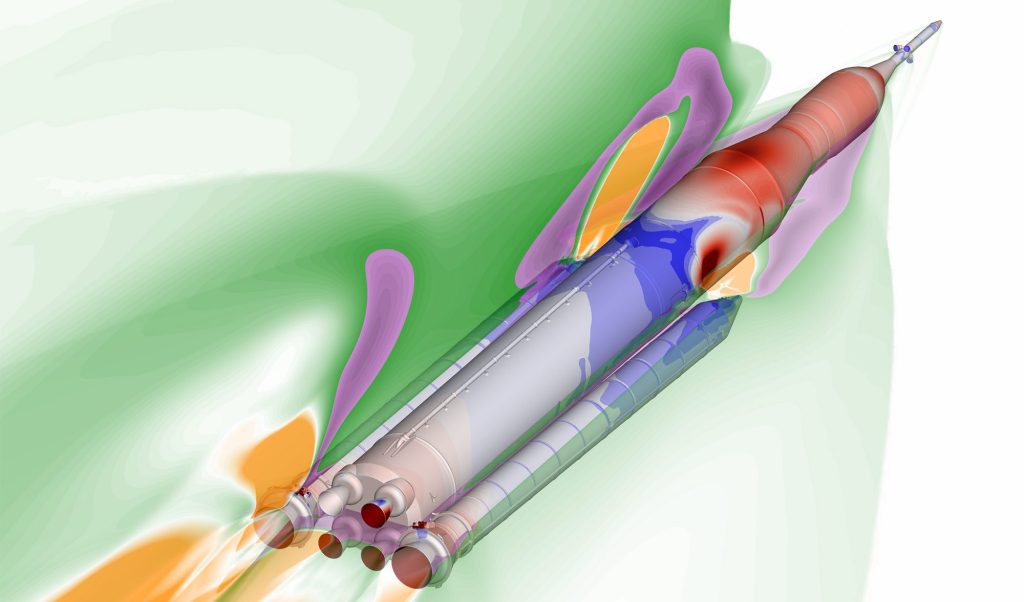Solar System Sizes
October 24, 2003
| Credit | NASA/Lunar and Planetary Institute |
|---|---|
| Language |
|
The Solar System: Planet Sizes
- Mercury – 1,516mi (2,440km) radius; about 1/3 the size of Earth
- Venus – 3,760mi (6,052km) radius; only slightly smaller than Earth
- Earth – 3,959mi (6,371km) radius
- Mars – 2,106mi (3,390km) radius; about half the size of Earth
- Jupiter – 43,441mi (69,911km) radius; 11x Earth’s size
- Saturn – 36,184mi (58,232km) radius; 9x larger than Earth
- Uranus – 15,759mi (25,362km) radius; 4x Earth’s size
- Neptune – 15,299mi (24,622km) radius; only slightly smaller than Uranus
This illustration shows the approximate sizes of the planets relative to each other. Outward from the Sun, the planets are Mercury, Venus, Earth, Mars, Jupiter, Saturn, Uranus, and Neptune, followed by the dwarf planet Pluto. Jupiter's diameter is about 11 times that of the Earth's and the Sun's diameter is about 10 times Jupiter's. Pluto's diameter is slightly less than one-fifth of Earth's. The planets are not shown at the appropriate distance from the Sun.



























